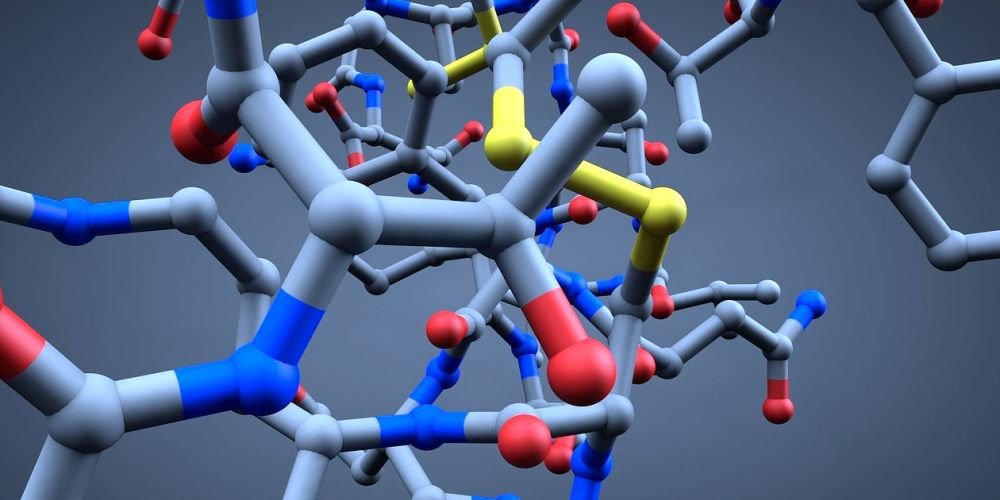Pioneering Sustainability with Seaweed Biomaterials: Engineering a Regenerative Future

In a world where environmental concerns loom large and the call for sustainability grows ever louder, the spotlight turns towards a seemingly unlikely hero: seaweed. This unassuming marine plant, which sways gently beneath the ocean’s surface, is poised to play a transformative role in the realm of biomaterials engineering. Seaweed, with its abundance, renewability, and diverse chemical and physical properties, presents a tantalizing prospect as a sustainable resource for non-food industries. To unlock its full potential, we must delve into the intricate landscape of biomaterials engineering, where several factors come into play.
The Chemical Composition: Nature’s Blueprint
The chemical composition of seaweed serves as nature’s blueprint for biomaterials engineering. Seaweed is a treasure trove of compounds, including polysaccharides, proteins, minerals, and lipids. Each of these constituents holds the potential to give birth to a variety of biomaterials. Polysaccharides, such as alginate and carrageenan, are often extracted from seaweed for their gelling and thickening properties, making them valuable in applications like drug delivery and wound healing. Meanwhile, proteins found in seaweed can be utilized to create biodegradable plastics, opening doors to eco-friendly packaging materials. This diversity in chemical composition offers a rich palette for biomaterial scientists to craft materials tailored to specific needs.
Processing Methods: Crafting the Future
The journey from seaweed to biomaterial involves intricate processing methods that can significantly impact the properties and quality of the end product. Parameters such as temperature, pH, and processing duration play a pivotal role in shaping the characteristics of seaweed-derived biomaterials. Innovations in processing methods, such as enzyme-assisted extraction and green solvents, are reducing energy consumption and environmental impact, aligning with the sustainability goals of non-food industries.
Biodegradability: Nature’s Cleanup Crew
One of the most compelling aspects of seaweed biomaterials is their biodegradability. These materials are designed to return to nature, ensuring that they do not contribute to the ever-mounting burden of plastic waste. Biodegradability is a critical factor in applications such as single-use plastics, packaging, and agricultural films, where the environmental footprint is a pressing concern. Seaweed biomaterials act as nature’s cleanup crew, breaking down into harmless byproducts and reducing the strain on landfills and oceans.
Mechanical Properties: Strength in Performance
The mechanical properties of seaweed-derived biomaterials are paramount, especially when customized for specific applications. Tensile strength, elasticity, and toughness are the unsung heroes that determine how these biomaterials perform in the real world. From reinforcing medical implants to underpinning the construction of eco-friendly buildings, the mechanical prowess of seaweed biomaterials ensures their reliability and durability.
Biocompatibility: Harmonizing with Life
For biomaterials to find success in medical and biological applications, biocompatibility is non-negotiable. Seaweed-derived biomaterials must harmonize with living systems, avoiding immune responses or toxic reactions when in contact with tissues. Achieving biocompatibility hinges on factors like surface properties, degradation rates, and the ability to interact seamlessly with biological environments.
Environmental Sustainability: A Promise to Our Planet
The sustainability of seaweed biomaterials extends beyond their biodegradability. It encompasses the entire lifecycle, from sustainable seaweed cultivation practices to their impact on marine ecosystems. Furthermore, it delves into the carbon footprint incurred during processing and manufacturing. To be truly sustainable, seaweed biomaterials must be mindful stewards of the environment, aligning with the global drive towards a greener future.
As we venture into the world of seaweed biomaterials, we encounter a realm where nature’s offerings and human ingenuity converge. The chemical composition of seaweed serves as a palette for biomaterial scientists, processing methods shape their form, biodegradability ensures environmental friendliness, mechanical properties determine their strength, biocompatibility makes them safe, and environmental sustainability ensures a commitment to the planet. It is through these biomaterials engineering factors that seaweed emerges as a regenerative resource, pioneering sustainability in non-food industries.
References:
- Wang, L., Wang, A., & Wu, H. (2021). Seaweed-based biomaterials: Extraction, characterization, and applications. Comprehensive Reviews in Food Science and Food Safety, 20(6), 3986-4013.
- Chan, E. S., & Lee, B. B. (2019). Seaweed-based sustainable packaging materials and their applications. In Green Packaging for Food Packaging (pp. 83-114). Woodhead Publishing.
- Zia, K. M., Tabasum, S., & Nasif, M. (2020). Seaweeds: A sustainable feedstock for bioplastics and its environmental sustainability. Environmental Science and Pollution Research, 27(15), 17400-17415.
- Silva, T. H., Alves, A., Ferreira, B. M., Oliveira, J. M., & Reys, L. L. (2021). Seaweed polysaccharides and their potential application in drug delivery and tissue engineering. Marine Drugs, 19(5), 270.


